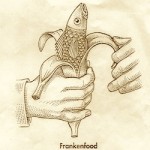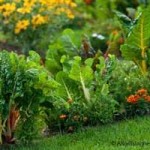By Catherine Haug, June 20, 2018 (Image, right, from OCA, used with permission)
Three huge ag company mergers have happened in recent weeks (2):
- Monsanto and Bayer as Bayer (effective the first week of June, 2018)
- Dow and Dupont, as DowDupont
- ChemChina and Syngenta as ChemChina
These three, along with the German ag-chem giant BASF, will control 70 percent of the pesticide market. While the name “Monsanto” will disappear, their toxic ag sprays like Roundup will simply be labeled as Bayer products.
There’s never been a better time for us to support Organic and Regenerative agriculture (see link below), and turn our backs on all GMO foods. This includes meats and eggs from animals fed a GMO diet.
Read on for scary statistics, and for a spark of hope. (more…)





